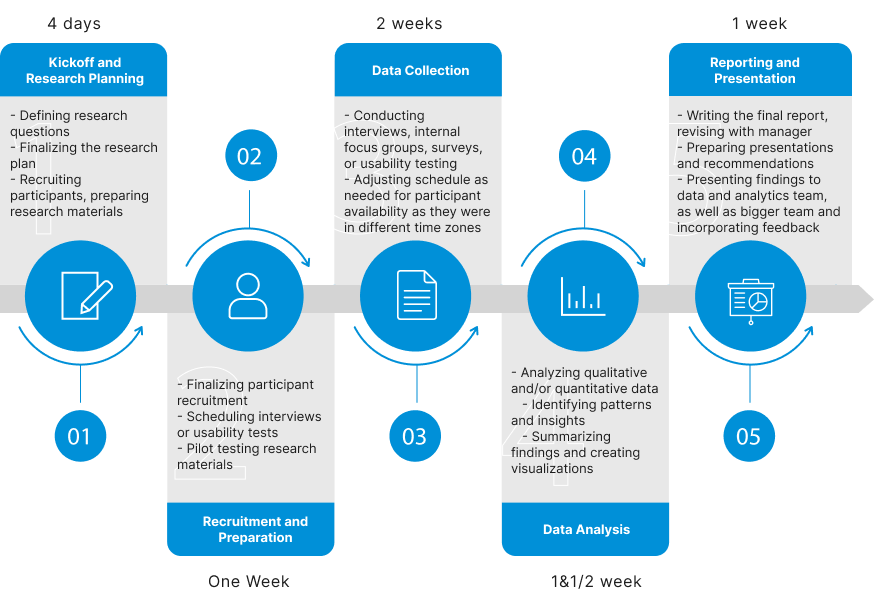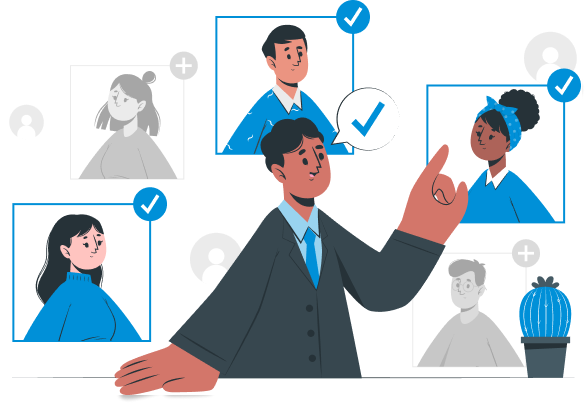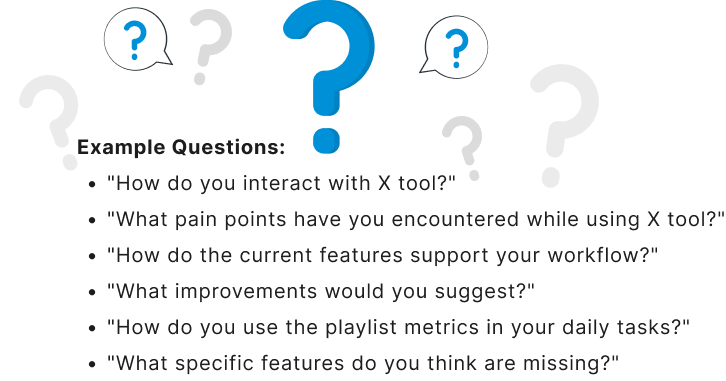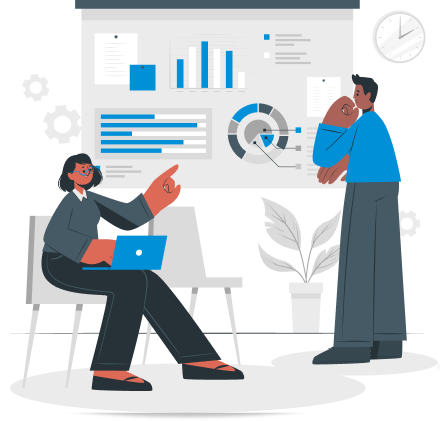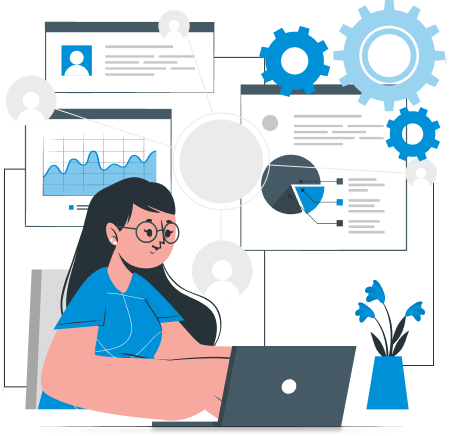Universal Music Group
Project Background
UMX Suite: Comprehensive Artist Analytics Tools at UMG
The UMX Suite is a set of internal analytics tools developed for mobile and web platforms within Universal Music Group. These tools played a significant role in leveraging data to drive strategic artist management and marketing decisions. To further the development and find areas of improvement for the UMX suite, I conducted user research with UMG employees around the globe.
Team
User Research (me)
Director of Data and Analytics (my manager)
Project Manager
Designers
Tools
Research Methods
Objectives
Understanding user needs, pain points, and uncovering user behaviors to inform the development of the UMX suite.
Key Questions
How do employees interact with the tools?
How could it better serve their needs in artist analytics?
How can we solve pain points for different teams that use the tools for varying reasons?
Participant Criteria
Participants were selected from a pool of 50,000 global employees at UMG. Focused on including a range of roles, seniority levels, and locations.
Research Process
Preparation
Research Plan & Defining Participant Criteria
I collaborated with the Director of Data and Analytics (my manager), project manager, and designers to define research goals and select appropriate methods. Our research plans often included objectives, methodologies, timelines, and participant criteria.
We defined participant criteria to ensure a representative sample, focusing on different job functions and geographical locations within UMG and narrowed down to 10-25 participants at a time per project.
Recruiting:
Since we had a pre-existing database of users within UMG, it was easier to recruit. I ensured that we had a diverse sample of roles and seniority levels as that was important to finding out varying needs of users for research.
Reached out via email to invite participation in surveys, interviews, usability tests, and focus groups.
Kept time zone and availability in mind when recruiting.
Execution
Competitor Analysis:
For a competitor analysis, I created a comparison chart and final deck that compared UMX features with those from competitors like Spot on Track, Spotify for Artists, and Chartmetric which provided insights into user preferences for email reports and data visualization. The competitor analysis helped identify gaps in our email reporting and alerts. It compared our strengths/weaknesses with the strengths/weaknesses of competitors and identified opportunities.
Method:
Gathered most of the knowledge of competitors through my manager but also some from my own research.
Obtained a budget from my manager for subscriptions to other competitors as most of the data was not viewable.
Utilized Google Sheets to keep track of features from each competitor and compared it in a chart in a final google slides deck.
Surveys
Objectives:
Gather feedback on design choices, user motivations, and challenges using open ended and scaled-rating questions.
Use the 5 point likert scale to rate usefulness of certain metrics in the tool.
For ex: “The following pieces of information are about playlists that your artists' tracks are featured on. Please indicate how useful they are to you.”
User Interviews and Usability Testing
Objectives:
Capture real time insights into user interactions and identify usability issues of developing features in UMX suite tools using tools such as Testflight and Zoom.
Method:
My manager and I teamed up to conduct qualitative interviews and usability tests using Zoom or Testflight showcasing Figma prototypes, mockups, or beta versions to users.
During usability tests, we gave the user a list of tasks while interacting with the prototype and observed their interactions, noted their pain points and feedback, as well as timed how long it took to complete a task.
For user interviews, we conducted structured qualitative interviews that took 30mins-1hr.
Both were recorded with the participants’ permission to capture detailed feedback.
Internal Focus Groups
Objectives:
Gather feedback at one time from a group of UMG employees who work within the same team (e.g marketing, creative, finance) on the tool that is the most useful for them.
Dive deeper into qualitative aspects of the UMX tools.
Target specific issues within the tools and spark new ideas into the table.
Method:
I acted as the moderator for these internal focus groups while my manager addressed the group.
Conducted virtually via zoom and utilized Miro to gather group feedback from participants with sticky notes.
Sessions were recorded with the participants’ permission to capture detailed feedback.
Example Discussion Points:
"Discuss the most valuable features of X tools for your team."
"How can we improve the data reporting functionalities?"
"What are your overall impressions of the new features?"
"What challenges do you face with the current user interface?"
Validation
After we released the updated UMX suite, we retested users and did follow-up interviews to see how they felt about the changes. By going back to some of the same users and also getting feedback from new ones, we were able to check if the updates really solved their issues and made the experience better. It was great to hear that many users noticed improvements, especially with things like navigation and how easy it was to find data. This follow-up not only confirmed that our research made a difference, but also gave us ideas for future tweaks.
Analysis
Thematic Analysis:
To analyze the insights I received from user interviews and surveys, I utilized thematic analysis. Here was my process:
Review interview transcripts and survey responses to understand user feedback.
Label important points in the data (e.g., “navigation issues,” “feature request”).
Group related codes into broader themes (e.g., "usability challenges," "data accessibility").
Ensure themes are distinct and accurately represent user feedback.
Clearly define and name each theme (e.g., "data accessibility" for easy access to artist data).
Present themes with supporting quotes from interviews and survey responses.
Final Presentations
During the final presentations at Universal Music Group, I shared the insights from our research with team members across engineering, data science, marketing, and design. We held the presentations over Zoom, where I walked everyone through key findings from user interviews, competitor analysis, usability tests, and surveys. I focused on the main themes that came up, like usability challenges and user needs with our prototypes, and offered suggestions on how to improve the UMX suite. It was a great opportunity to get everyone on the same page and discuss how each team could help enhance the user experience.
Insights and Examples
Competitor Analysis:
Insight: Compared UMX features with those from competitors like Spot on Track, Spotify for Artists, and Chartmetric which provided insights into user preferences for email reports and data visualization.
The competitor analysis helped identify gaps in our email reporting.
Usability Tests and User Interviews:
We conducted both usability tests and interviews on an alerts settings page for a tool in the UMX suite. Here are some example insights and recommendations.
Insight: The on/off toggles are mistaken for turning the alerts on, not the auto-localization by artist.
An additional design feature to make this clearer is preferred.
Caveat: this was the first time users had seen this feature, and will likely learn the functionality. They understood it once explained.
Example: One user noted, "Auto-localization makes it easier to focus on relevant data without manually adjusting settings."
Insight: Users preferred the on/off toggle (60%) over tickbox (13%) and dropdown (26.7%) for settings. They also suggested having the auto-localization toggle on both settings and followed artists pages.
Example: A user suggested, "Having the toggle on both pages would make it more accessible."
Challenges
While conducting user research at UMG was a rewarding experience, I faced a few key challenges:
Scheduling presentations:
Coordinating final research presentations was difficult due to conflicts with team members' schedules, making it hard to find a time that worked for everyone.
Participant availability:
Scheduling research sessions with participants across different countries and time zones, some of whom had limited availability, posed additional challenges.
Delays in design deliverables:
Design prototypes were delayed due to the designer's involvement in other projects, impacting the timeline for testing.
How I overcame these challenges
To accommodate conflicting schedules for the final presentation, I presented the insights multiple times to smaller groups, ensuring key team members had a chance to review the findings before the final presentation.
I expanded the recruitment pool for user testing to include participants who could join at mutually convenient times, resolving time zone conflicts.
When designs were delayed, I shifted my focus to areas of research that didn’t rely on final prototypes, such as conducting user interviews or analyzing past data.
Reflections
Looking back on my time at UMG, I not only learned a lot about the music industry but also found ways to really make the most of user research. By constantly communicating with my manager and project manager, I was able to keep refining our process and making sure we were moving forward efficiently. It was great to collaborate with different teams across the company—it gave me a chance to see how areas like engineering, marketing, and design all come together. What made it all worth it was seeing how the research really led to improvements. Hearing from users directly, with emails saying they noticed the changes and appreciated what we were doing, was incredibly rewarding.






